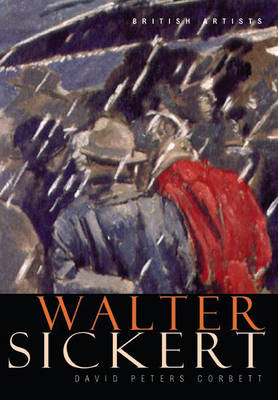British Artists
1 total work
Walter Sickert (1860-1942) was a leading figure in the development of British painting and the graphic arts. Influenced by Whistler and Degas early in his career, by 1914 he was respected as a major figure within the Camden Town Group and a renowned painter in his own right. Yet Sickert's life and art were never stable, and he was never complacent. His work varies strikingly--from a strongly worked paint surface laden with impasto to the thinnest and sparest application; from an overtly modern set of subjects to apparently nostalgic images. But whatever form his art took, Sickert always remained what he was so often called in the 1910s: "a painter's painter." This study examines the dynamism of Sickert's work from his earliest career at the Slade School of Art to his last works. It argues for Sickert as a major figure in the history of attempts to record modern life and to develop a distinctly modern mode of painting.
